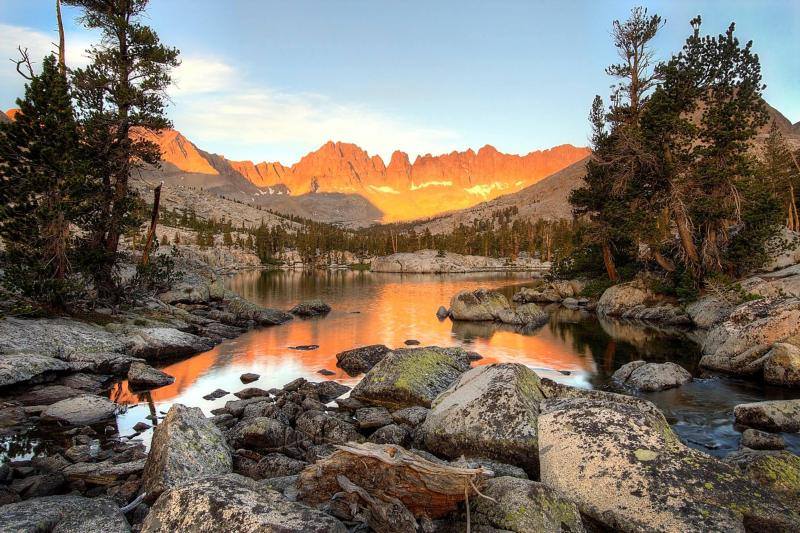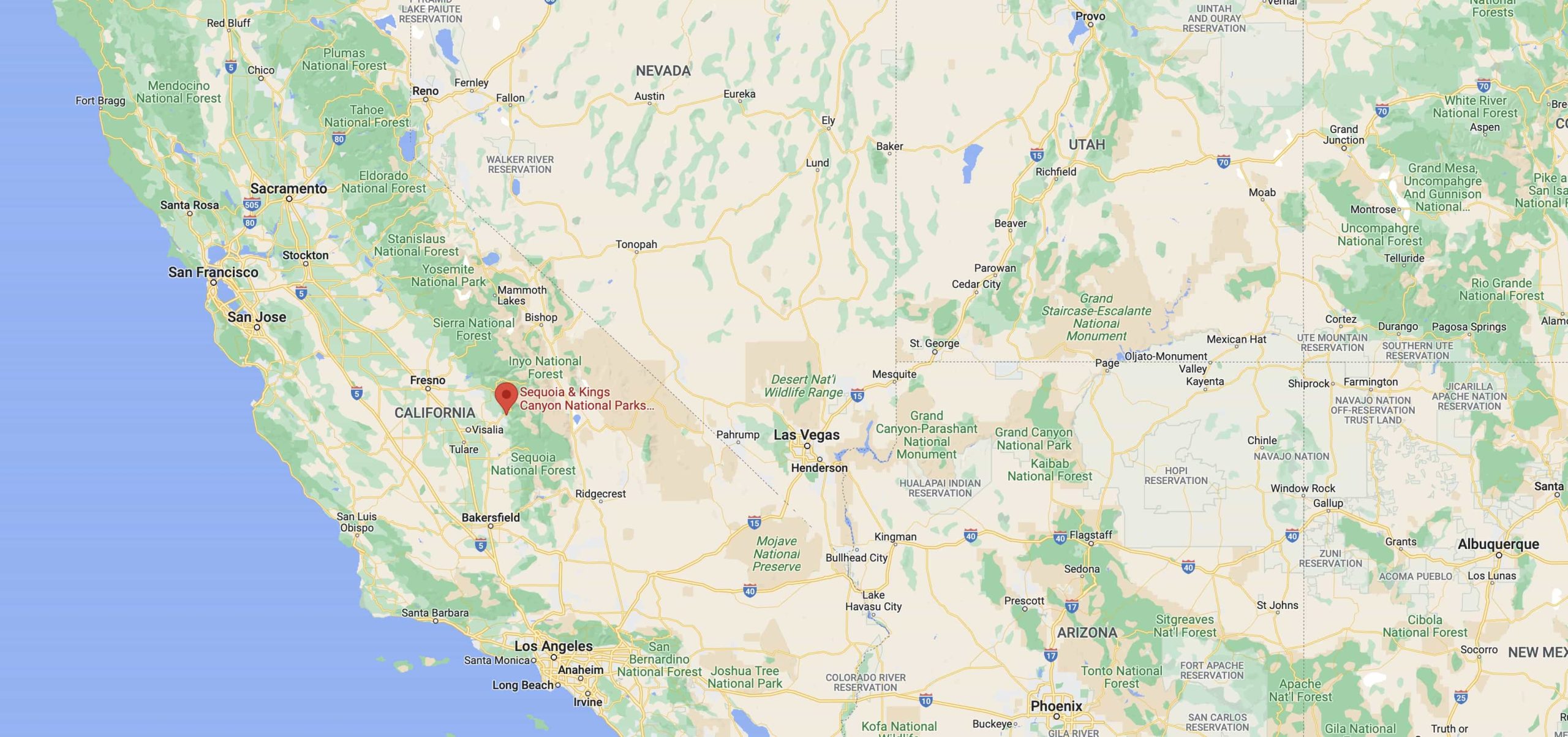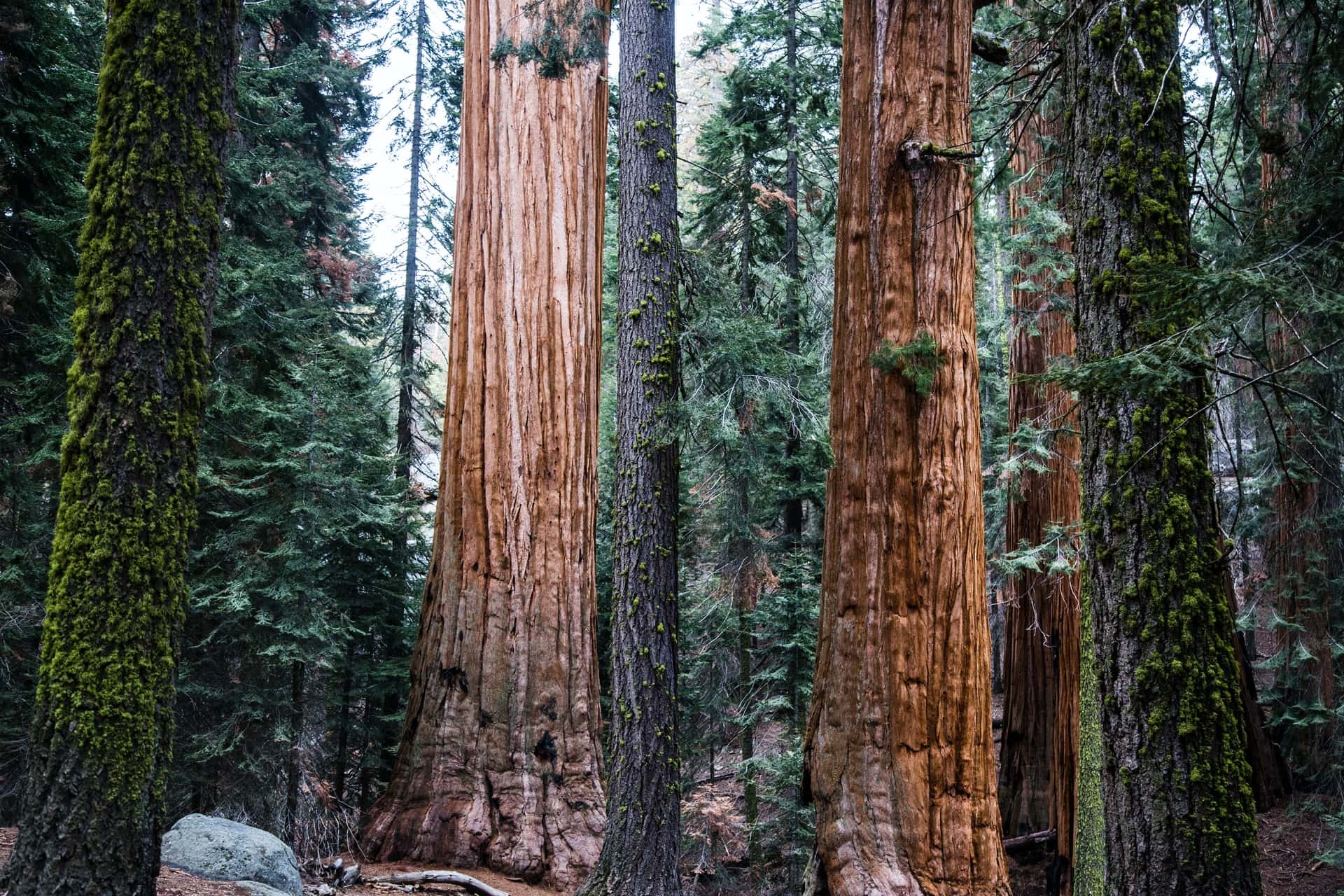
Lawsuit challenges NPS’s decision, made by shortcutting public engagement and environmental review processes, to implement tree cutting and burning deep in designated Wilderness areas
Wilderness Watch, Sequoia ForestKeeper, and Tule River Conservancy filed a lawsuit today against the National Park Service (NPS), challenging the agency’s unlawful decision to implement extensive and motorized tree cutting and burning across thousands of acres of designated Wilderness within Sequoia and Kings Canyon National Parks.
“Giant sequoias evolved with fire and without the Park Service since time immemorial. Congress designated protected Wilderness areas to keep nature free from our constant meddling and the impact of our industry and our machines. The fact that the Park Service authorized tree cutting and burning and the of helicopters and chainsaws in Wilderness by skipping required environmental review and public engagement just adds insult to injury.”
– George Nickas, Wilderness Watch’s executive director
NPS authorized the project through an October 2022 decision memorandum that was styled as constituting “alternative arrangements” for compliance with the National Environmental Policy Act (NEPA). However, the agency short-circuited NEPA’s requirements for public involvement and environmental review. Furthermore, the thousands of acres of tree cutting with chainsaws and other motorized activity directly contravenes earlier plans implemented by NPS, which acknowledged the ways in which such activity is unlawful within Wilderness.
The Wilderness Act prohibits NPS from intentionally altering natural processes in designated Wilderness areas and specifically prohibits the use of motor vehicles and motorized equipment (helicopters and chainsaws) by which the agency plans to implement its tree-cutting and burning project. Nonetheless, NPS made the now-challenged decision to intensively reconfigure the forest structure in and around sequoia groves deep within the Wilderness areas.
“A visitor to official Wilderness cannot remove a single rock or use mechanical devices, yet the Park itself is planning to change natural conditions on tens of thousands of acres in a multi-year project using not just fire, but helicopters and chainsaws. Under the guise of ‘emergency,’ they plan to forever change the very nature of untrammeled Wilderness yet sidestep the scientific scrutiny and public participation required by NEPA.”
– Carla Cloer, president of Tule River Conservancy

NPS decided to forego the environmental analysis and public engagement process typically required by NEPA. Instead, the agency fashioned its project authorization as “emergency” activities, citing certain provisions applicable to NEPA that allow agencies to act quickly in the immediacy of discrete emergencies and to adjust the mode with which they then satisfy their NEPA obligations.
However, the conservation groups note that NPS’s approach to the “fuels reduction” in Sequoia and Kings Canyon National Parks does not fit the mold of a qualified emergency. Instead, the agency’s project spans tens of thousands of acres of landscape-scale modifications, with planning that was framed prospectively to be implemented over an indefinite period of years. The legal challenge from the conservation groups is focused on the detriment to the public in allowing federal agencies to shield large-scale and controversial projects from public involvement under the guise of “emergency.”
“Mechanized fuels reduction of understory trees and creation of burn piles opens the understory to increased oxygen flows and increased winds in the fire area, which could contribute to fire intensity and severity.”
– Ara Marderosian with Sequoia ForestKeeper
Furthermore, the lawsuit focuses acutely on the precedential risk in allowing NPS to pursue its intensive management approach and authorize the most extensive chainsaw tree cutting ever in designated Wilderness, which by law is supposed to be protected from such human activity. The groups point out the slippery and subjective nature of “desired” forest conditions and the extent to which language like “fuels reduction” and “forest treatment” have been twisted to justify extensive industrial logging in the National Forest system, for example.
As the plaintiffs’ complaint stated, “NPS’s cavalier approach of importing into Wilderness management the agency’s penchant for hands-on ecological manipulation and landscape-scale forest ‘treatment’ exemplifies an administrative posture threatening the security of the entire National Wilderness Preservation System.”
“The National Park Service’s actions allowing wide-spread tree cutting in Wilderness sequoia groves is an outlier and is unprecedented in the National Wilderness Preservation System. Even the Forest Service, in the adjacent Giant Sequoia National Monument, stopped short of similar actions in its Wilderness, proposed Wilderness, and even in inventoried roadless areas. Where the Forest Service has dropped tree-cutting proposals when alerted to their illegality, the Park Service has pursued such actions without even bothering to notify the public about their proposal—that’s why they must now answer to a court of law for their NEPA and Wilderness Act violations.”
– René Voss, attorney for Sequoia Forest Keeper and Tule River Conservancy
Click here for an FAQ about this lawsuit and the Wilderness and legal issues involved.

One thought on “Conservation Groups Sue National Park Service to Protect Wilderness in Sequoia and Kings Canyon National Parks, CA”